China Adventures Part II: Xian AND Chinese Style Scrambled Eggs with Tomatoes
Since last week’s post when I started sharing our recent travel adventures to China, I thought about coasting through the next few travel posts without sharing any recipes, but that would defeat the purpose of my foodie blog / ongoing digital family cookbook project, a.k.a Bebe Love Okazu.
I got away with it the last post with Part I: Beijing, and no recipe, but I will start this post by sharing the second leg of our trip, Xian, and end with a dish that we consistently saw at almost every single meal whilst in China: Chinese style scrambled eggs with tomatoes.
* * * * * * *
Our second leg of the trip began with an early morning flight Southbound from Beijing to the City of Xian. On our two hour flight we were served brunch, which consisted of a ham sandwich and okayu, which is what I grew up calling rice gruel or congee in Japanese, otherwise known as “jook” in Chinese. My husband was laughing when I whipped out my camera to take a photo of my very asian brunch. He knew I was photographing the jook for my blog. Seriously, how often are you served rice gruel in-flight?!? While the jook below appears almost too simple and even bland, it was flavorful and perfect for my delicate “China Belly” condition.
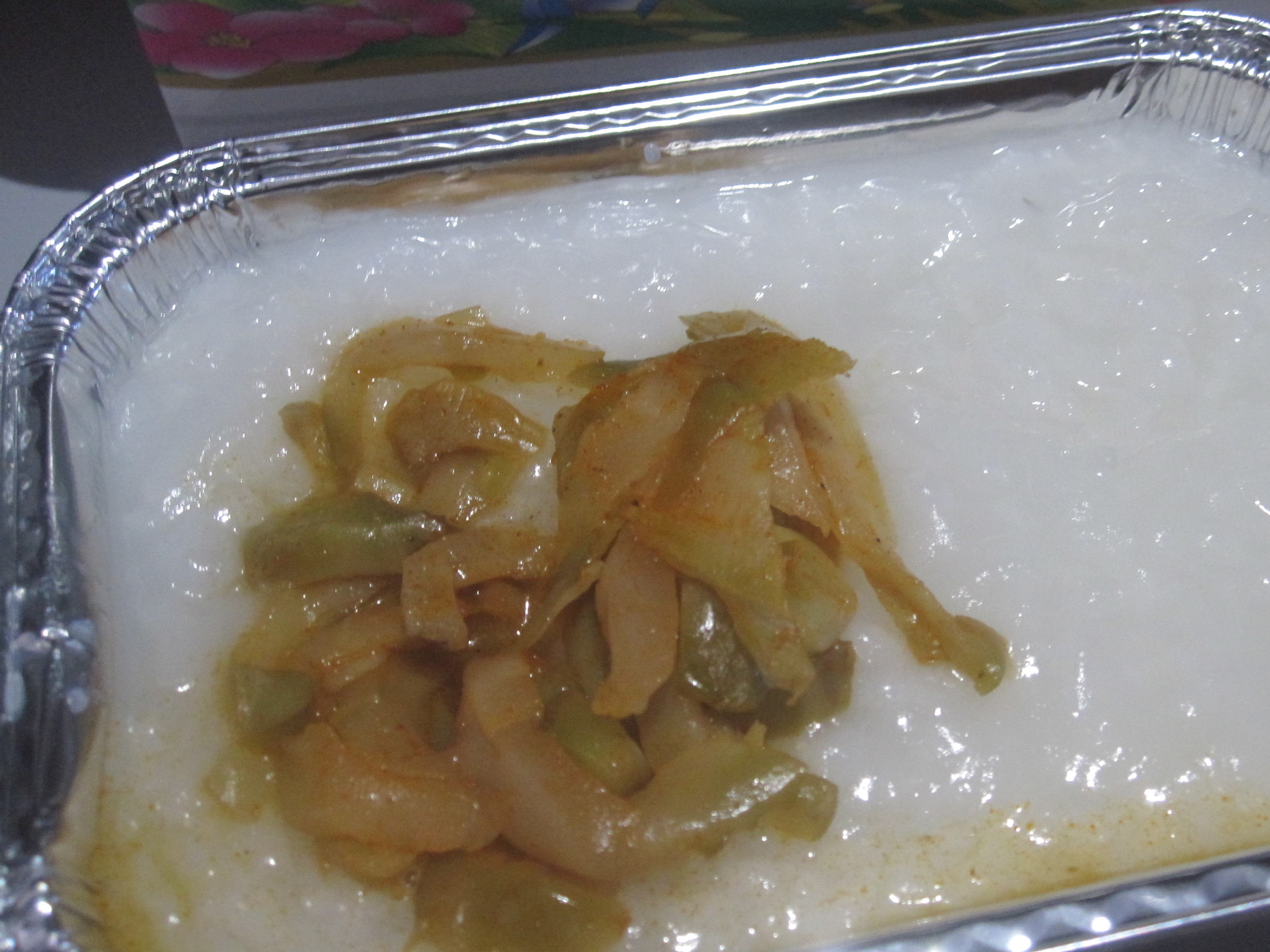 Hainan Airline’s jook served with Chinese pickles.
Hainan Airline’s jook served with Chinese pickles.
I actually quite enjoyed this okayu and chose to eat this over the ham sandwich. I’m so asian, yes? The salty-spiciness of the pickled vegetables was perfect for the bland rice gruel.
While Beijing is the Capital of China and considered the largest city in the country, Xian is considered the third largest city behind Shanghai. According to our tour guide, during his first visit to China, former U.S. President Bill Clinton chose to visit Xian first, over any other city in China! Apparently this was very noteworthy?
A few Googled facts about Xian:
- It is the capital of Shaanxi Province in Central China.
- It is the one of the oldest cities in China with over 3,000 years of history.
- Xian is the Eastern terminus of the famed Silk Road.
- Rich with natural resources coal and oil, it is a major producer of energy in China.
I like Xian.
To me, Xian seemed more modern and also more clean than Beijing, likely because it is a newer city. Everywhere we looked, there were new high-rise buildings under construction and old buildings were being demolished. What made me like Xian even more was that we had cool, rainy weather. We were expecting extremely hot and horrid humidity, but that wasn’t the case at all.
Shortly after landing in Xian, we walked from the restaurant where we enjoyed yet another Chinese luncheon before we walked to the Bell Tower (see above photo at the top of the post). The Bell Tower is the most recognizable structure in Xian, built in the late 14th century. The tower marks the point where the West Main Street (Xi Da Jie) becomes the East Main Street (Dong Da Jie) and the North Main Street (Bei Da Jie) becomes the South Main Street (Nan Da Jie).
Xian Luncheon: Dish pictured in the center is a broad Xian noodle made of wheat, not rice. You will also notice, just past 12 o’clock on the lazy susan is the Chinese scrambled egg dish with tomatoes.
After lunch, we had the option to walk across the street and climb up the Bell Tower to view the City, but given the limited visibility due to the rain, coupled with the fact that we didn’t want to walk through the rain with our baby, we opted for an indoor tour of the Shaanxi History Museum.
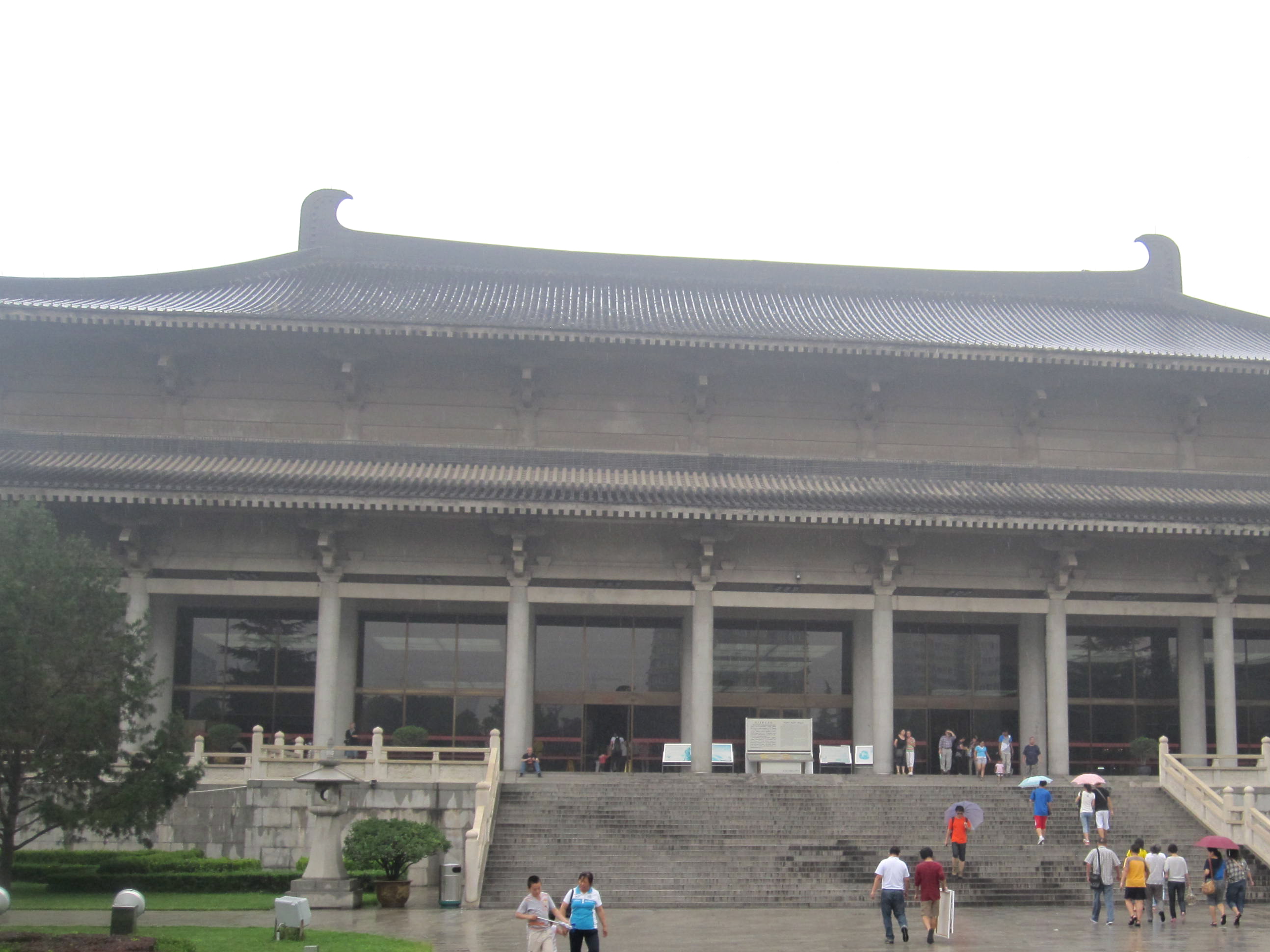
Main exhibition hall of the Shaanxi History Museum, built in 1991.
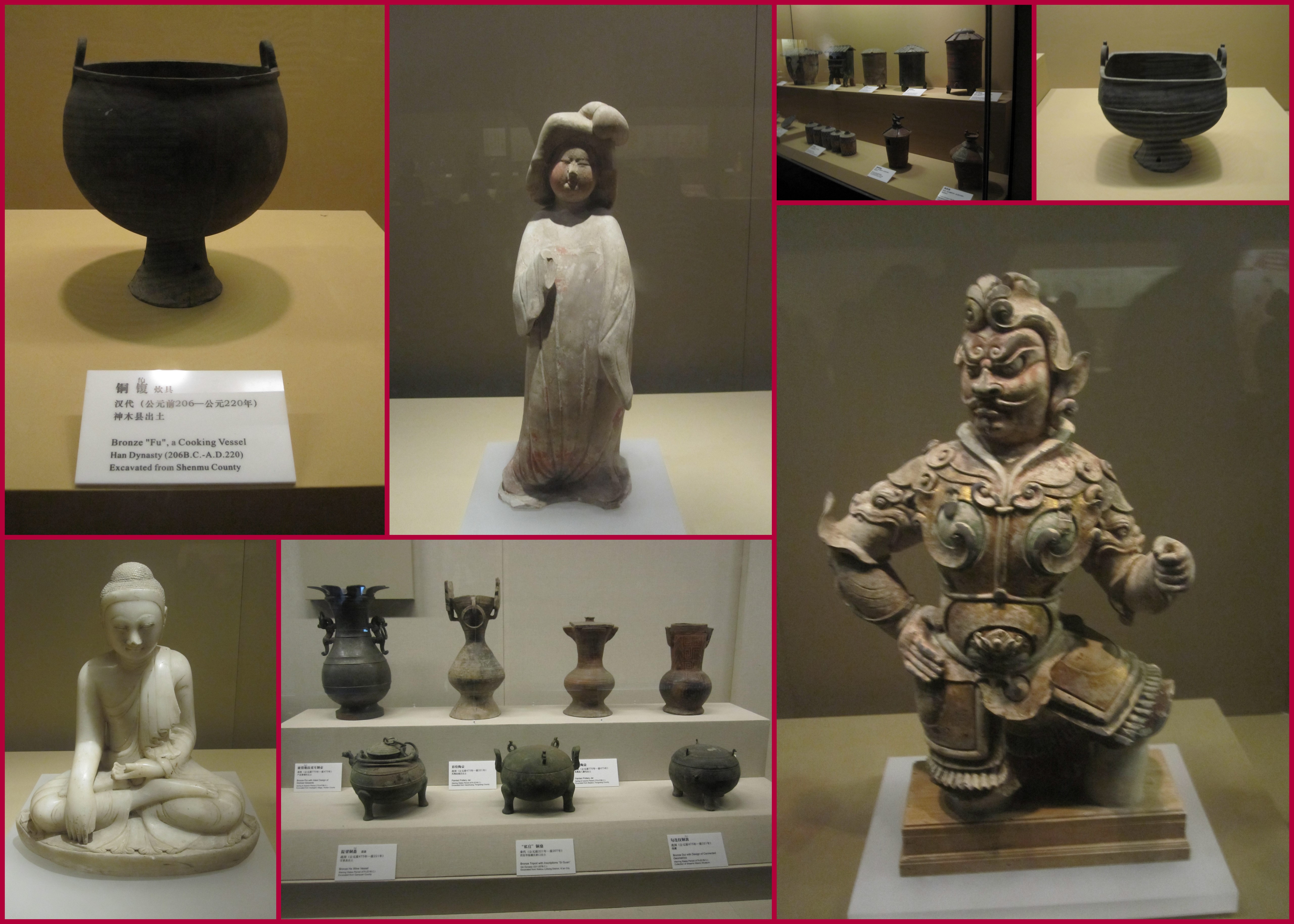
After our visit to the museum, we made a brief stop at the Big Wild Goose Pagoda. According to Fordor’s, it stands on the grounds of the still active Temple of Thanksgiving (Da Ci’en Si). It was constructed adjacent to the Tang Palace in the 7th century AD to house scriptures from India by monk Xuan Zang. The Pagoda has been rebuilt numerous times, and most recently during the Qing Dynasty it was designed in Ming style (fine craftsmanship, beautiful design, quality materials).
 Bebe E and her Dada walking towards the Big Wild Goose Pagoda.
Bebe E and her Dada walking towards the Big Wild Goose Pagoda.
The following day in Xian, “Day 6” of our two-week trip, was when things started to unravel.
My stomach wasn’t feeling well at all, I was exhausted, Big Onechan was physically sick of eating so much Chinese food and highly desired to eat KFC or pizza, Bebe Dada had a sore throat and also was exhausted, then Bebe E lost her left shoe at the famous and ancient City Wall.
Xian Ancient City Wall
After getting all her tears out, Bebe E is mellow and patiently sits with me at the City Wall while we wait for Dada as he searches for one last time for her lost shoe. Two nice, college-aged Chinese women approached Bebe E and I as we were sitting on the wall to ask us, in very broken English, if we were OK and needed help. They were visiting Xian from another province in China. It was a breath of fresh air to chat with them, especially after days of people yelling in Chinese (at us?), which we thought, until then, was simply the “norm” or cultural?
Within 5 minutes, from the time we got off our tour bus to the time we walked through the tunnel entrance of the City Wall (bottom right photo in the collage above), a distance of 50 yards, Bebe’s left shoe was GONE. I was holding her at the time, and she started to cry, “shoes, shoes, KEEN’s”. At first I was confused and I wasn’t sure what she was so distressed about, then I realized she was missing a shoe.
Dada walked the distance of 50 yards repeatedly, searching for her shoe, Big Onechan went back on the bus to look for her shoe, we checked with janitors as well as with the admin offices, but it was gone. (Seriously, who would walk away with a single tiny shoe?!?) With the crowds, the loss of a shoe, the drizzling rain, the exhaustion – it was likely just too much for Bebe E to bear and she cried for a good 15 – 20 minutes. Bebe Dada and I encouraged our family to go ahead and explore the City Wall while our guide kindly walked us two large city blocks to a supermarket where we could buy Bebe E a new pair of shoes.
I should also mention that we forgot our stroller at the hotel that day, so Dada carried Bebe E, along with our heavy backpack (refusing my offers of help to carry the backpack), dodging crazy asian traffic (it is truly ridiculous as briefly driving on the wrong side of the street or in between lanes is acceptable), just so Bebe E could try-on shoes that fit. He was sweaty and tired, but he never once complained. That’s the man I love and married… I should mention, however, that Bebe Dada suggested we take a bicycle rickshaw back to the City Wall, and that we would pay for our guide’s ride as well, but she quickly pooh-poohed his suggestion citing safety issues with riding in a rickshaw. Apparently, carrying a baby and j-walking through crazy asian traffic is safer….
A few Googled facts about the Xian Ancient City Wall:
- Zhu Yuanzhang, the first emperor of the Ming Dynasty (1368 – 1644) fortified the original Xian City Wall built during the old Tang Dynasty (618 – 907).
- It is considered the most complete city wall that has survived from ancient China.
- Wall stands 40 feet tall and 40 to 46 feet wide at the top of the wall.
- It covers 8 1/2 miles in length.
They weren’t KEEN’s, but Bebe E was happy with her new bunny embellished sandals. Oh, and Yin-Yin (that’s her paternal grandma) bought her a little Jade necklace, which she is wearing in the photo, so she was quite happy.
After our escapade at the City Wall, we visited the Terracotta Warriors & Horses Museum, which to me, was the highlight of Xian. Unfortunately, during our visit to this museum, I thought that we lost our camera but we found it later. During that time, I took some not so great photos of the Terracotta Warriors with my iPhone but my brother-in-law thankfully promised to share some of his better photos with us. That being said, I had a a hard time choosing which photo to post in the interim, but here are a few, just to give you an idea of what the museum holds.
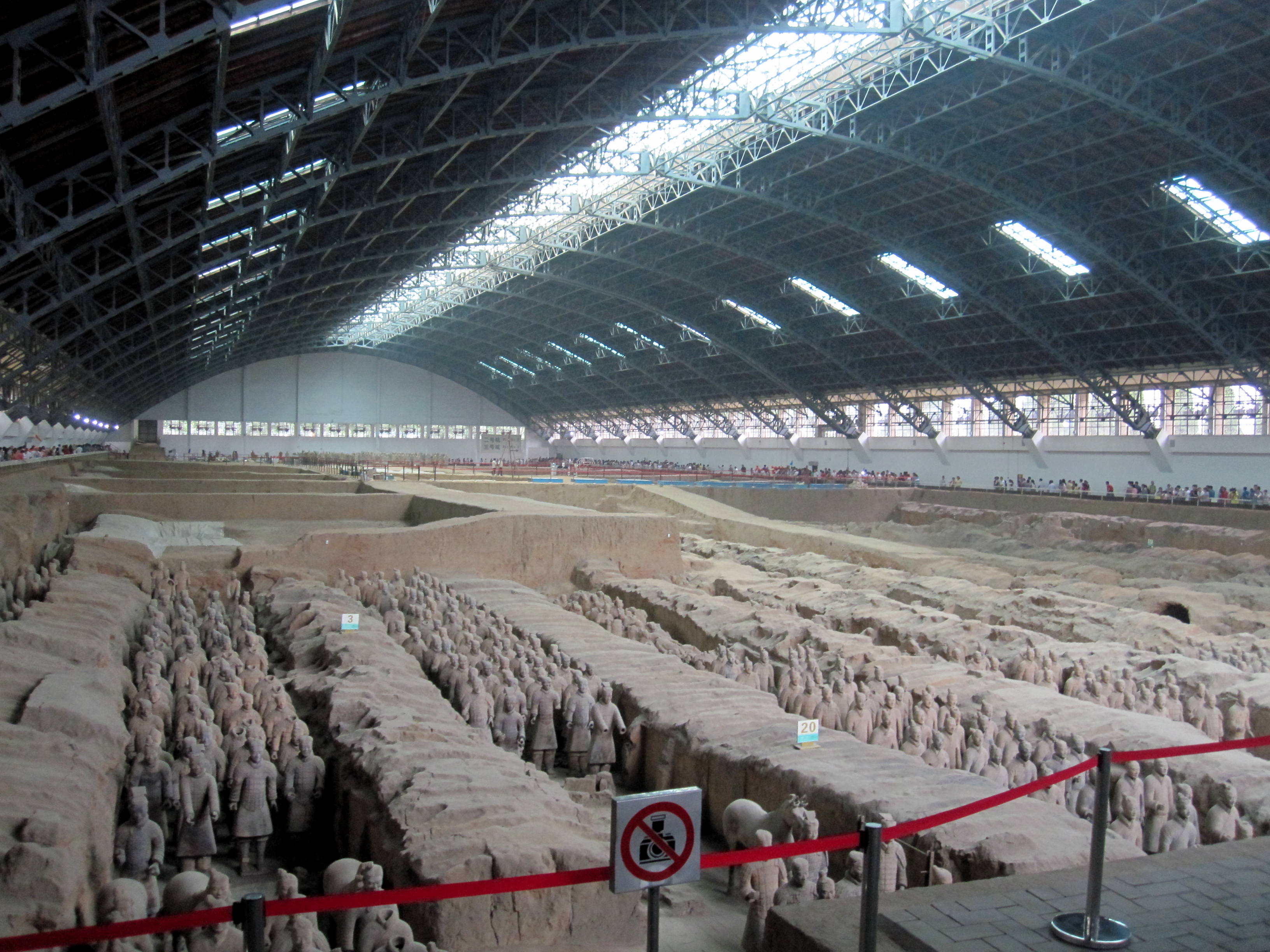 Terra Cotta Warriors Museum – Vault One (1):
Terra Cotta Warriors Museum – Vault One (1):
1,000 of the 6,000 warriors have been pieced together by archaeologists in Vault 1.
The warriors are standing in their original pits.
According to our guide, each warrior is unique and the ranks of the soldiers can be differentiated by their hairstyle. The archers are typically kneeling but there are also those that are standing. Both have one knot of hair atop their head. (There are also references to their head dress as a type of hat, but according to two guides in China it is their hair that distinguishes them the most.) Much of the detail in their armor, as well as their weapons have deteriorated. The generals are typically taller in stature and their hair is divided into two knots shaped like a “V”. The officers have a single flat knot of hair. I can only describe this as the flap of hair styled in the manner that samurai wore their hair during feudal Japan.
Each warrior has unique facial features and expressions.
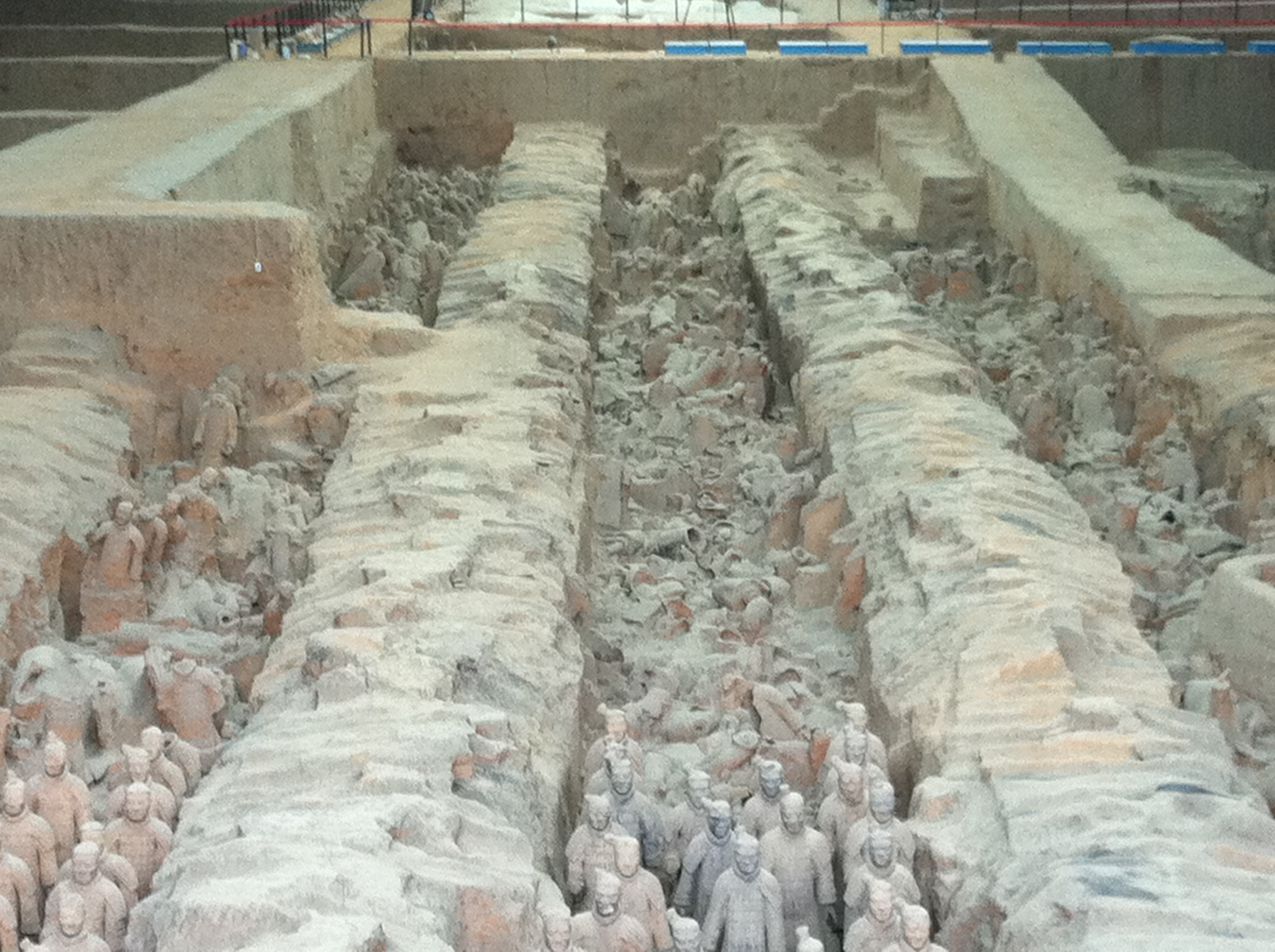 Vault One (1): Terra Cotta Warrior Remains – Thousands of bits and pieces….
Vault One (1): Terra Cotta Warrior Remains – Thousands of bits and pieces….
The quality of this photo is very poor but in the back you’ll see thousands of crushed, broken pieces. This is what archaeologists painstakingly piece together. It’s awe inspiring. It’s crazy! It is absolutely unbelievable.
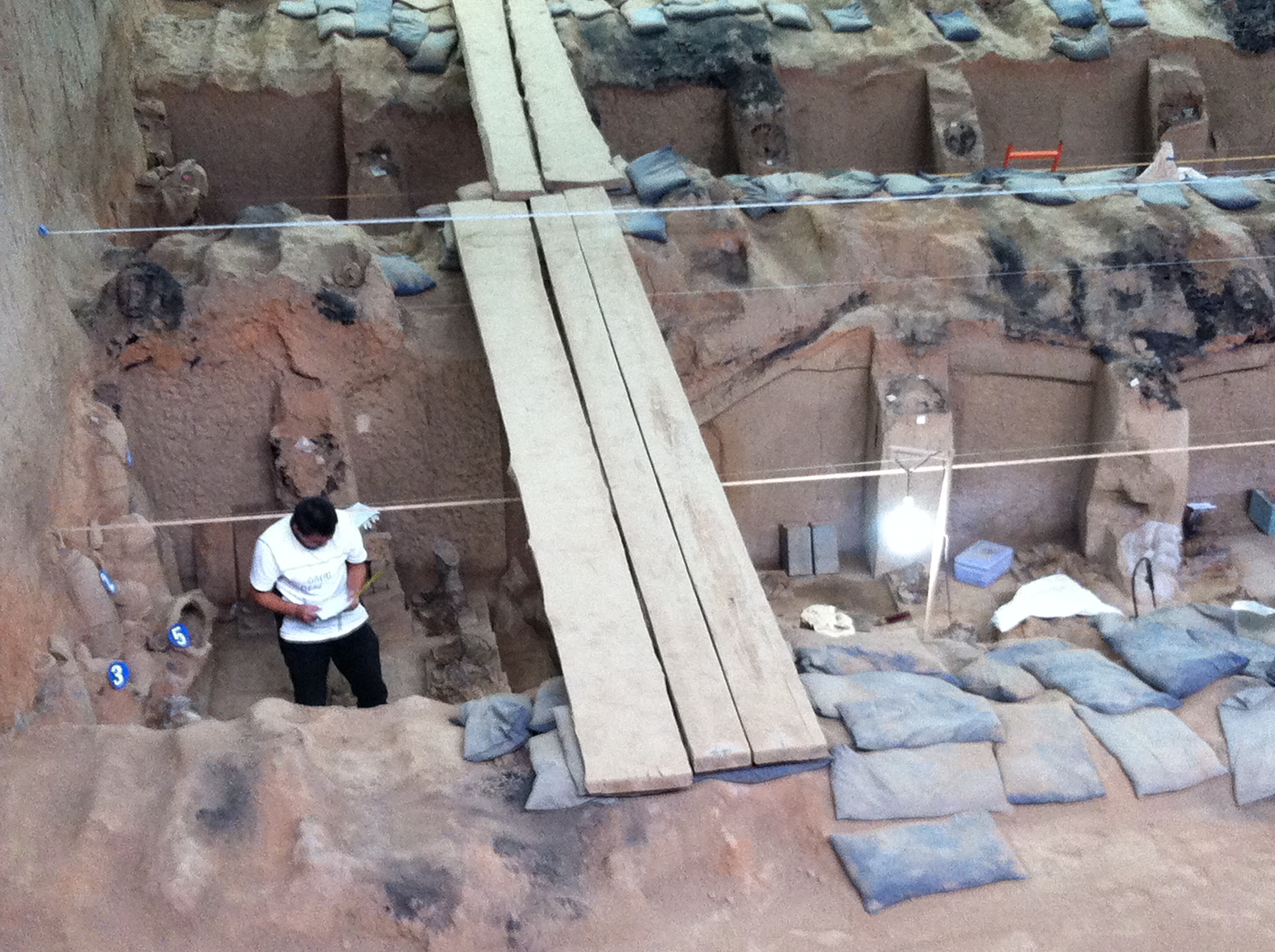 Vault One (1): In the back of the hangar, archaeologists piece together artifacts.
Vault One (1): In the back of the hangar, archaeologists piece together artifacts.
 Vault One (1): In the back of the hangar there are completed, and almost completed soldiers on display.
Vault One (1): In the back of the hangar there are completed, and almost completed soldiers on display.
We also visited Vaults Two and Three. Vault Two holds unreconstructed warriors. (I will update post with better photos once I get my hands on a few decent ones.) According to Fodor’s this vault has largely been undisturbed since 1999 when archaeologists first uncovered it and found the first tricolor figures. The warriors have patches of pink on their face and darker-colored red on their armor.
Vault Three contains 68 soldiers and officers in various states of reconstruction standing in what is believed to be their military headquarters. Near Vault 3 is the Qinyong Museum which holds two miniature bronze chariots discovered in the western section of Qin Shihuang’s tomb in 1980. The chariots apparently have intricate detailing and are decorated with gold and silver ornaments.
Unfortunately, the massive crowds around the chariots’ display made it impossible to get a really good view and we weren’t interested in getting into a pushing-and-shoving match. Although no comment / suggestion boxes were found in this museum, I would gladly offer advice on setting up a roped lane for visitors to walk through, in a line, in an orderly fashion, under the supervision of a docent, no, an armed guard. It was absolutely crazy.
More Terra Cotta Warriors Hidden Beneath the Ground
In the above photo, you will see a path that links Vault One and Vault Two. Beneath the brick walkway, the grass, and all the tourists walking… lies yet another section of Qin Shihuang’s Tomb with even more terra cotta warriors standing guard. Incredible, isn’t it?
Googled Facts and Fodor’s Tidbits about the Terra Cotta Warriors and Tomb of Emperor Qin Shihuang:
- The terra cotta warriors were discovered in 1974 by farmers digging a well.
- There are more than 7,000 terra cotta soldiers standing guard over the tomb of Qin Shihuang, the first emperor of unified China.
- The warriors consist of archers, infantry, charioteers and cavalry.
- In 2010, 114 extra warriors were discovered in Vault One.
- Each warrior is life-size and is unique, including different mustaches, beards, hairstyles and facial features.
- Emperor Qin started construction of his enormous tomb as soon as he took the throne. Unlike feudal governments of the past where regional officials developed local bases of power, the new centralized government concentrated all power in the hands of an almost “godlike” emperor.
- The tomb was said to be boobytrapped with automatic crossbows.
- According to ancient records, the underground palace was believed to contain 100 rivers of flowing mercury. Today, the mercury levels in the area’s soil are much higher than normal indicating there may be truth to those records.
- For years the emperor’s tomb remained unearthed due to the lack of sophisticated machinery for excavation. In 1999 archaeologists finally began excavations of the area around the tomb and a few incredible treasures have been found, yet it is uncertain where the main entrance to the tomb lies.
One question kept running through my mind about the warriors, horses, chariots and tomb: “I can’t believe this guy (emperor) allocated so many resources – laborers, money, land – to protect himself in the afterlife. A full-scale army in the afterlife? Was he a little paranoid… possibly even crazy?” It turns out that he had every reason to be paranoid about people, many people in fact, attempting to assassinate him. Ultimately, the emperor slowly poisoned himself whilst chasing immortality through various “elixirs of life”. His choice of elixir was mercury. Uh, mercury?!? Needless to say, he died young.
I found a cliff-notes version of Emperor Qin Shihuan’s biography at About.com. It was a quick read, so if you’re interested and have time to check it out, here’s the link.
After our tour of the Terra Cotta Warriors Museum, we visited the Huaqing Hot Springs. It was a vacation retreat during the Tang Dynasty. It later became the living quarters of General Chiang Kaisheck during the Chinese Civil War. We saw a few ancient baths and walked around the grounds for a bit.
As if this post wasn’t already long enough, here’s a few photos from our dumpling dinner. Xian is well-known for their dumplings and this dinner was fun. I especially enjoyed the fish shaped dumplings. Bebe E would have enjoyed these as she really loves (live) fish but she fell asleep on the way to the restaurant and slept through the entire meal. After dinner we enjoyed a Chinese opera performance with classical music and dance.
* * * * * * * * *
At the beginning of this post, which seems like a long, long time ago… I promised a recipe for Chinese style scrambled eggs. This is a dish that we saw at practically every lunch and dinner in Beijing, Xian and Guilin. I Googled Chinese style scrambled eggs and over 25 + recipes popped up. Most were identical, and called for MSG, but I replaced this with soy sauce and salt.
- 3 eggs
- 2 vine ripened tomatoes
- Water for blanching tomatoes
- Canola oil for sauteing eggs
- 1 teaspoon soy sauce
- 1 dash of salt
- Blanch tomatoes in boiling water for 2 - 3 minutes. I pulled them out just as the tomato skin cracked. Shock with cold water, drain. Rough chop the tomatoes. Use seeds if you prefer more tomato sauce liquid with your eggs, otherwise discard the seeds.
- Mix 3 eggs with soy sauce and a dash of salt.
- In a large frying pan, heat oil and scramble eggs on medium - low heat. As the eggs begin to firm-up, add the chopped blanched tomatoes and gently toss. Don't overcook the eggs. The ideal texture is soft scrambled eggs but no egg yolk.


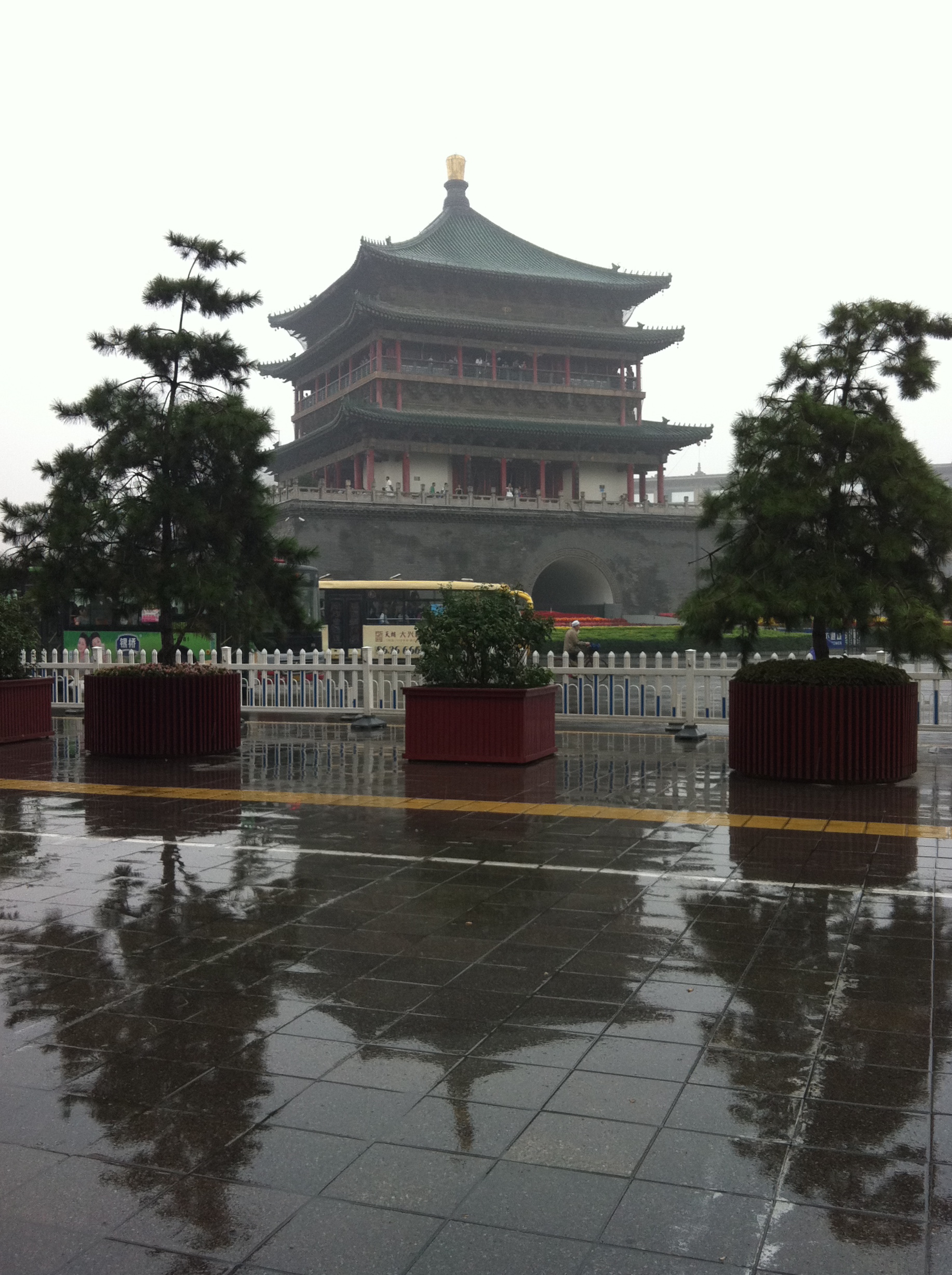
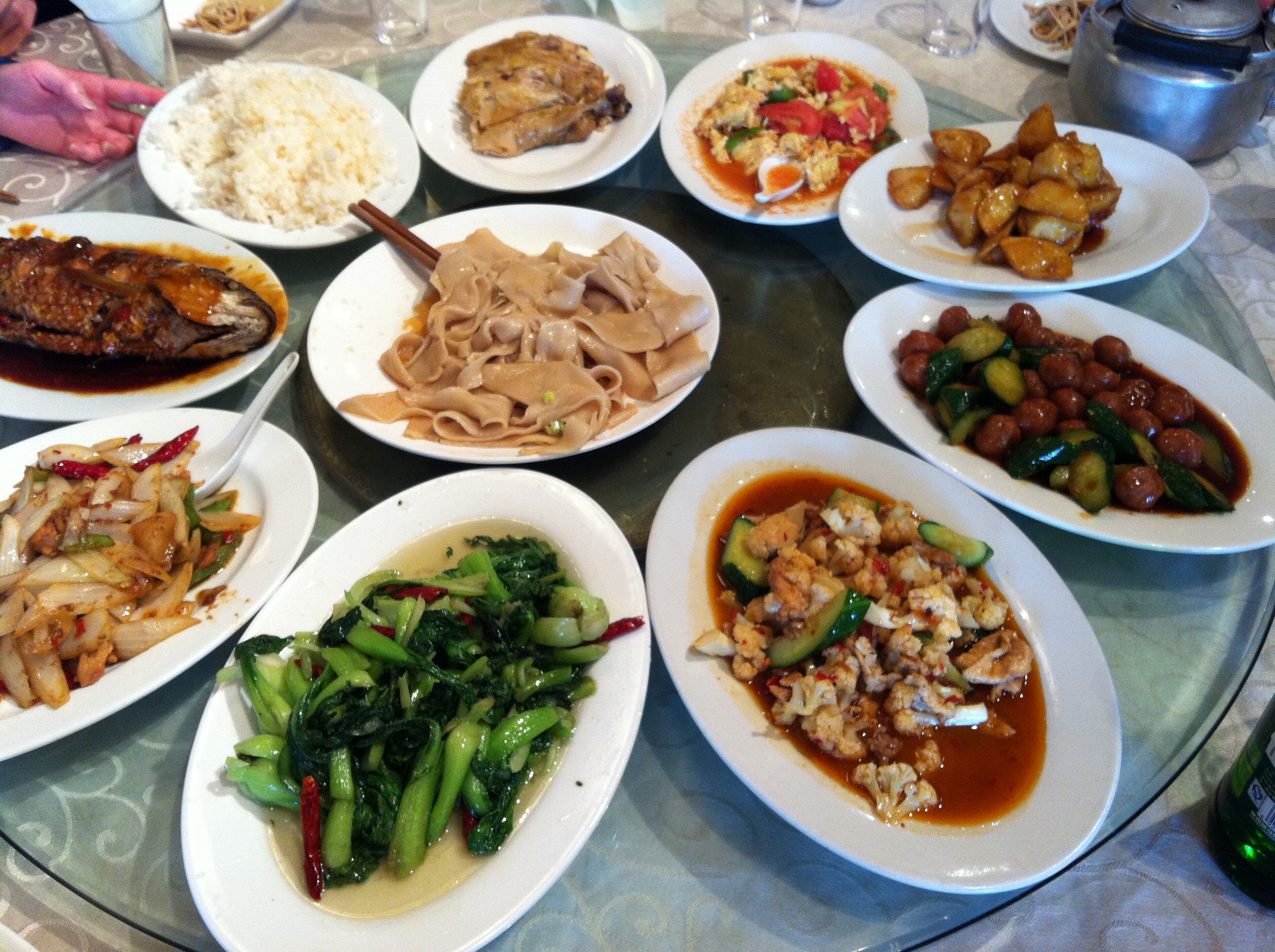
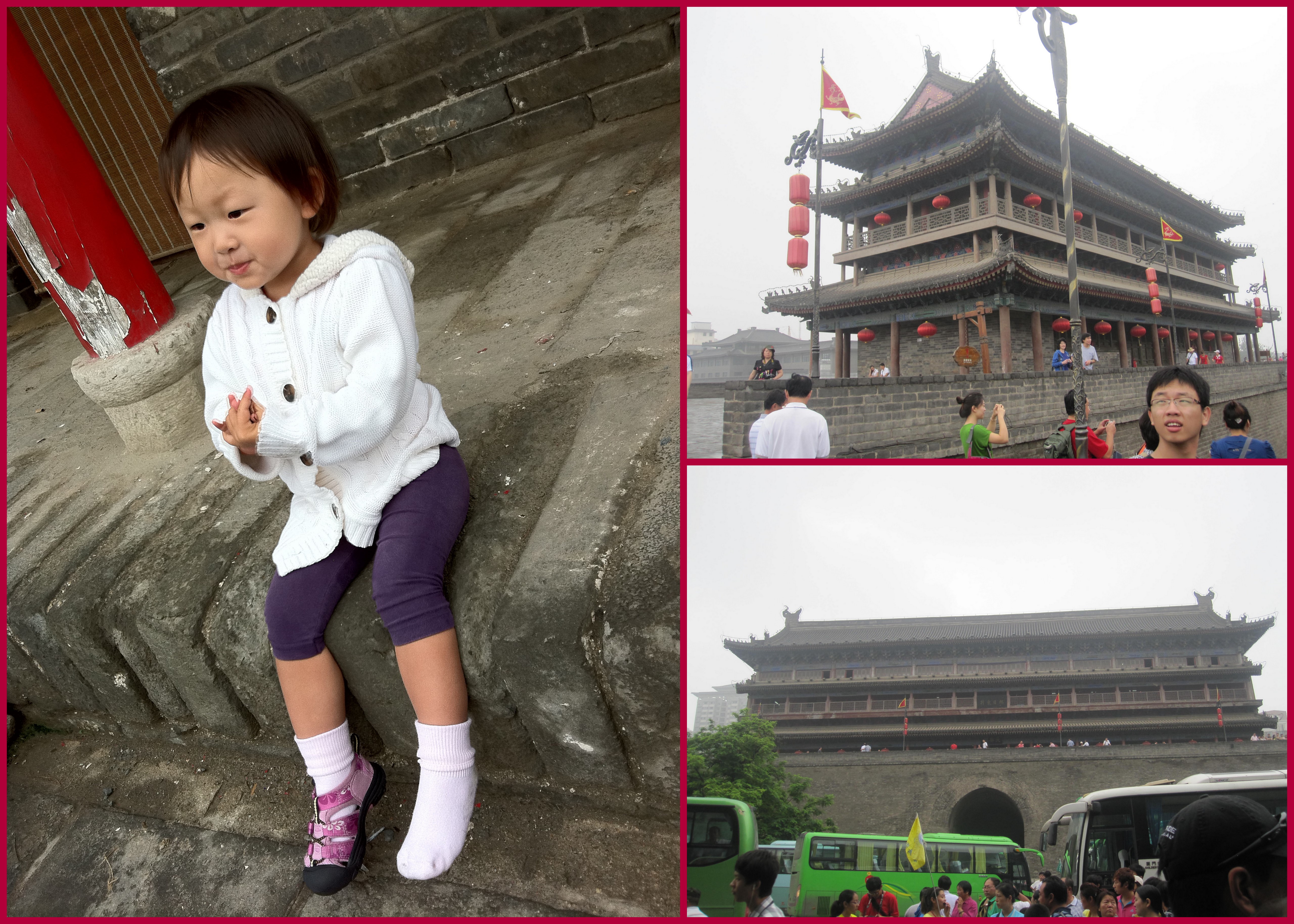
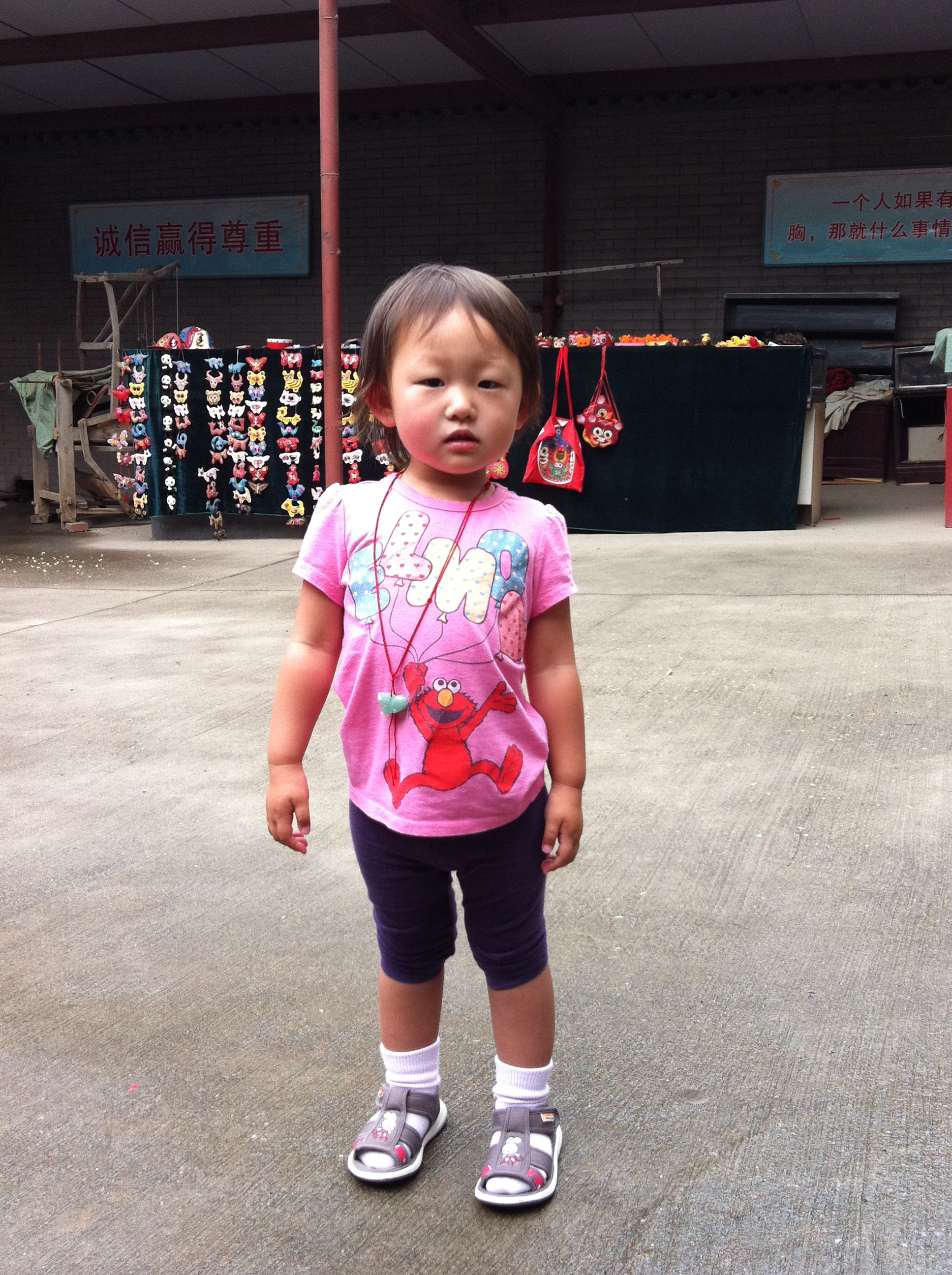

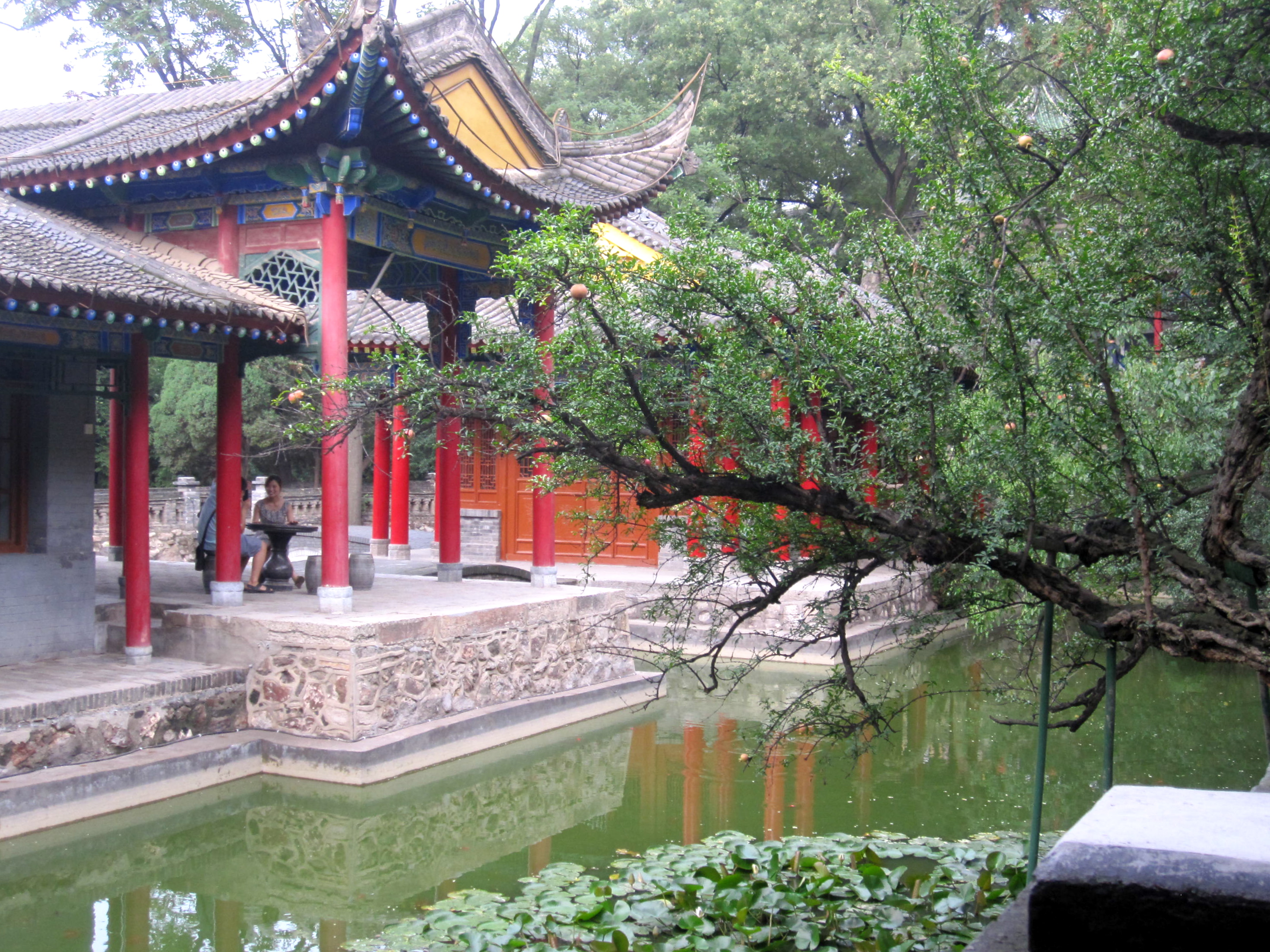

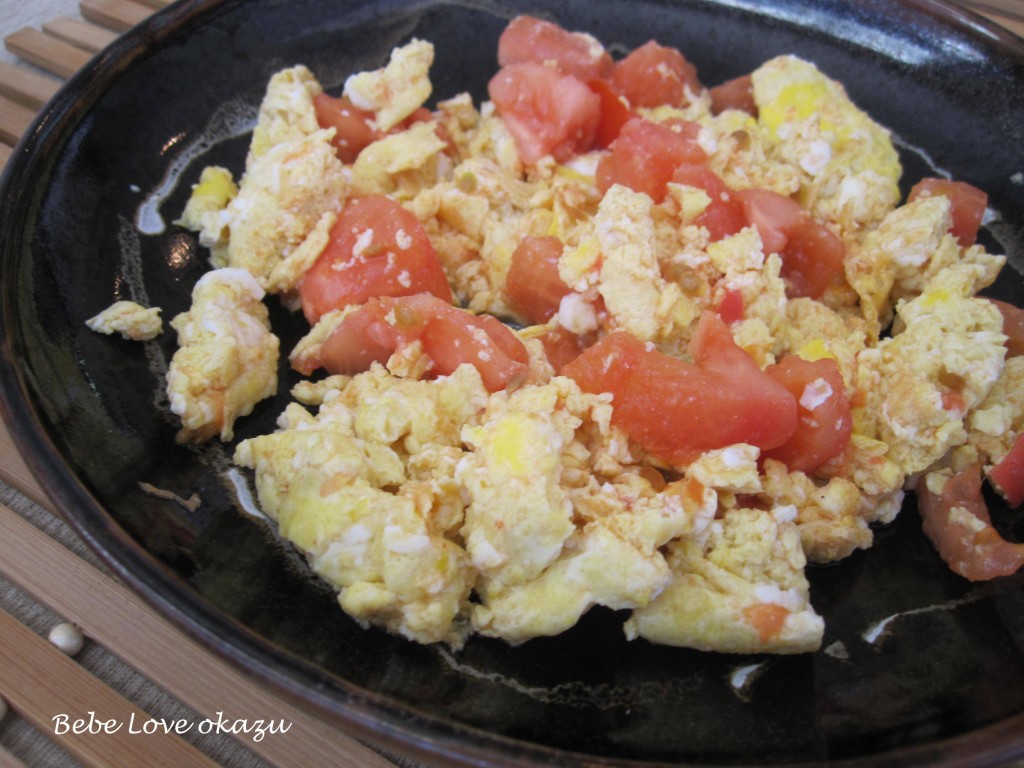
6 Comments